Single Server Queuing System
Single server queuing system. I have written a code that works like a flowchart for a single server queuing system. A Arrangement of service facilities in series. Simulation of a single-server queue.
1 Arriving Customers Departing Queue m Servers Dr Conor McArdle EE414 - Performance Evaluation of queuing Systems 21. We view the machine as a server that serves customers one at a time. A single-server queueing system with a Markov flow of primary customers and a flow of background customers from a bunker containing an unbounded number of cu.
In the notation the M stands for Markovian. Queuing Models Steady-State Behavior of Infinite-Population Markovian Models Single-Server Queues Single-Server Queues Poisson Arrivals Infinite Capacity Example The probabilities of having 0 1 2 and 3 or more customers n 0 λ λ 2 2 1 Pn 1 P0 1 µ µ 3 3 3 1 2 2 2 P1 1 3 3 9 2 2 2 4 P2 1. The server utilization is λ 2 ρ µ 3 Systems Simulation Chapter 6.
MM1 means that the system has a Poisson arrival process an exponential service time distribution and one server. Any printer represents a single-server queuing system because it can process only one job at a time while other jobs are stored in a queue. Single Server Queue Simulation in C Ansi-style include stdioh include mathh include stdlibh include lcgrandh Header file for the random-number-generator define Q_LIMIT 100 Limit on the queue length define BUSY 1 Mnemonics for servers being busy define IDLE 0 and idle.
As in our previous example of the single-server system the queuing operating characteristics provide input into the decision-making process and the decision criteria are the waiting costs and service costs. Typically we can talk of this individual sub-system as dealing with customers queuing for service. 1 Simulating a single-server queueing model Here we introduce a single-server queueing model and how to simulate it.
A good example to think about for intuition is an ATM machine. Queuing System Models In a single station queuing model the queuing system consists of a bu er for queuing customers and one or more identical servers. The Single Server Model or usually known as MM1 server discipline occurs in the setting of a waiting line in which there is only one server the customers are supposed to arrive at a random rate that is specified as a Poisson distribution for a given time period or the inter-arrival times are exponentially distributed and the service times are exponentially distributed.
I am getting multiple errors which seem simple but cant figure out how to fix them being a noobie. Suppose the mean arrival rate is 3 calling units per hour the expected service time is 025 hours and the maximum permissible number calling units in the system is two.
In the notation the M stands for Markovian.
We view the machine as a server that serves customers one at a time. 1 Simulating a single-server queueing model Here we introduce a single-server queueing model and how to simulate it. As in our previous example of the single-server system the queuing operating characteristics provide input into the decision-making process and the decision criteria are the waiting costs and service costs. A Study Since P 0 means the system has already zero people and probability of no service is1 0 1 Leaving the higher order terms we have P 0t h P 0t h P 1t P 0t Applying steady state condition we get P 1 P 0 0 P 1 P 0 5P 1 P 0 Putting n 1 in 3 we get P 0 P 2 P 1 P 0 P 2 P 1 P 1 P 0 P. 1 Arriving Customers Departing Queue m Servers Dr Conor McArdle EE414 - Performance Evaluation of queuing Systems 21. In the notation the M stands for Markovian. The server utilization is λ 2 ρ µ 3 Systems Simulation Chapter 6. Simulation of a single-server queue. A good example to think about for intuition is an ATM machine.
I have written a code that works like a flowchart for a single server queuing system. Assume that the message lengths have a negative exponential distribution with mean 1ν bitsmessage. A Study Since P 0 means the system has already zero people and probability of no service is1 0 1 Leaving the higher order terms we have P 0t h P 0t h P 1t P 0t Applying steady state condition we get P 1 P 0 0 P 1 P 0 5P 1 P 0 Putting n 1 in 3 we get P 0 P 2 P 1 P 0 P 2 P 1 P 1 P 0 P. Single and Multi Server Queuing Models. Single Server Queue Simulation in C Ansi-style include stdioh include mathh include stdlibh include lcgrandh Header file for the random-number-generator define Q_LIMIT 100 Limit on the queue length define BUSY 1 Mnemonics for servers being busy define IDLE 0 and idle. Some examples are missing terminating character stray and not declared in this scope. This example shows how to model a single-queue single-server system with a single traffic source and an infinite storage capacity.








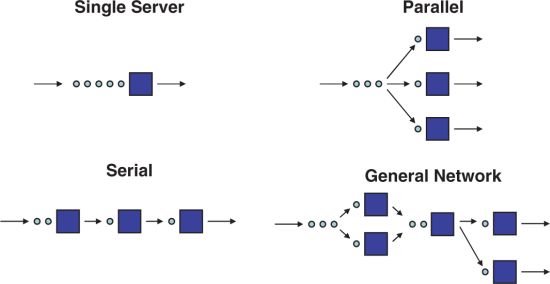


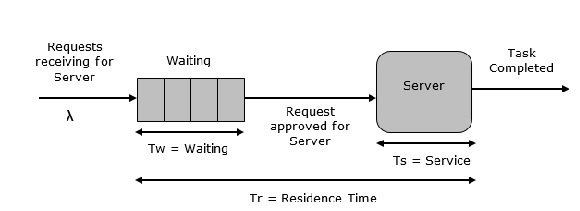


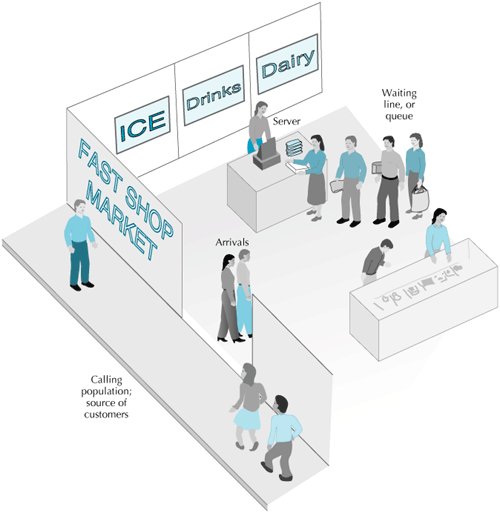
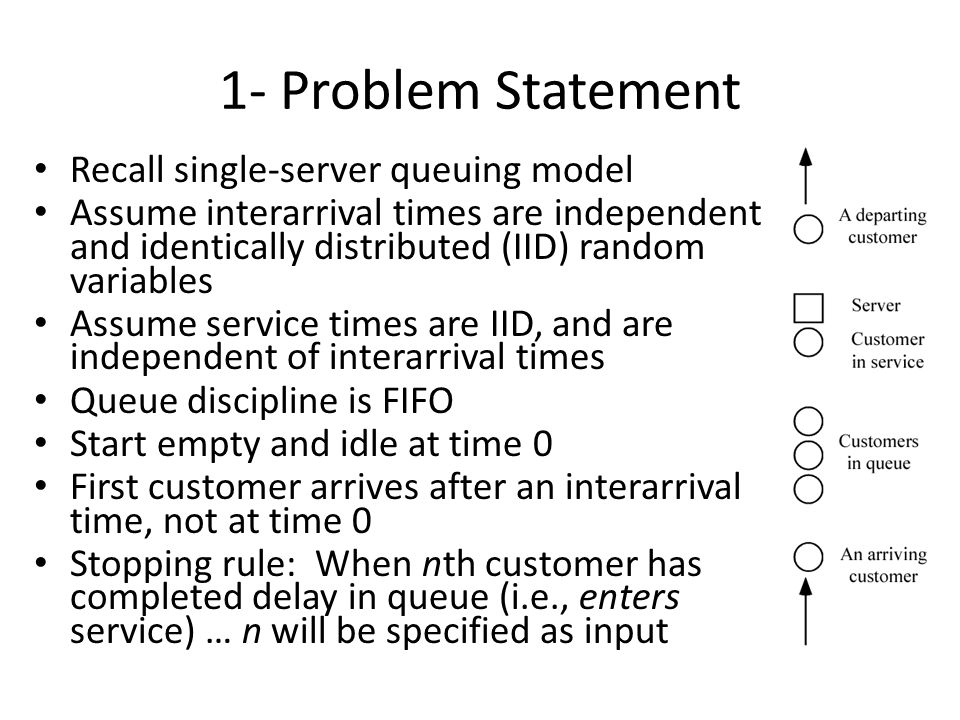
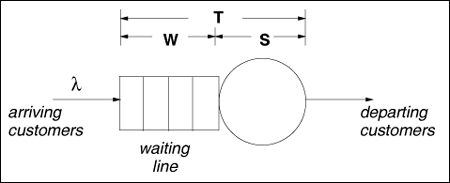
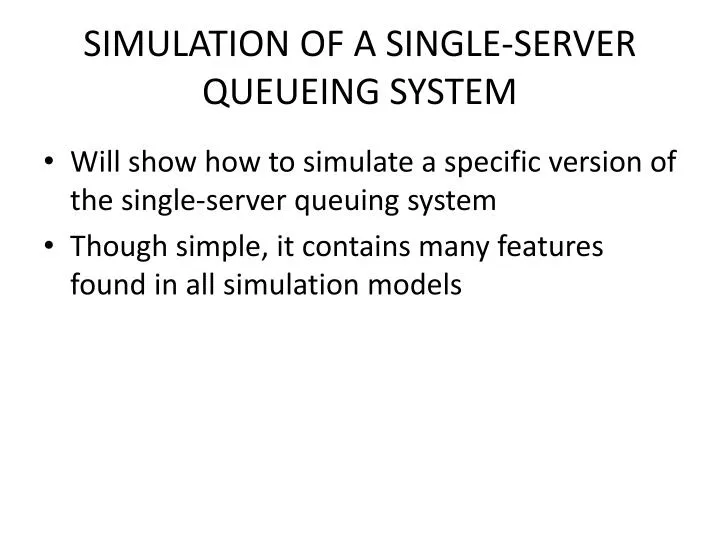






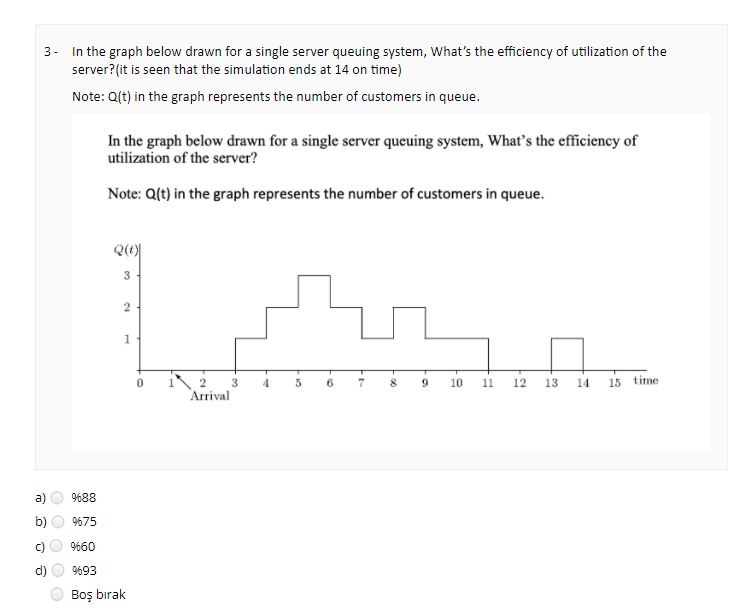

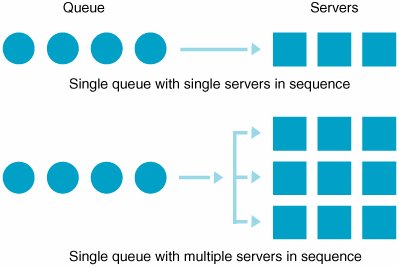


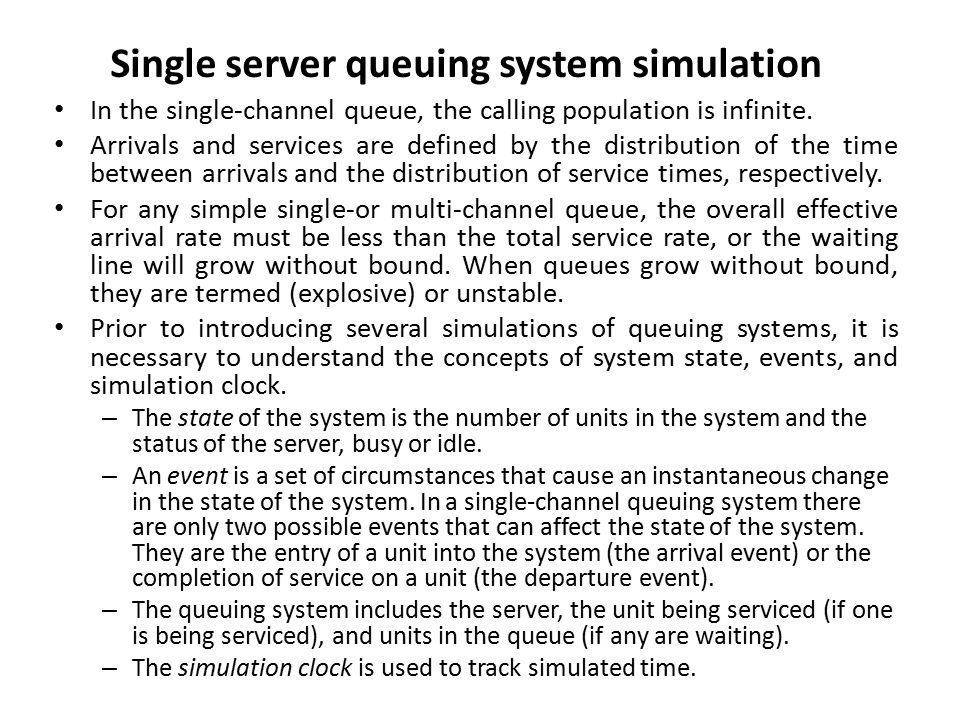
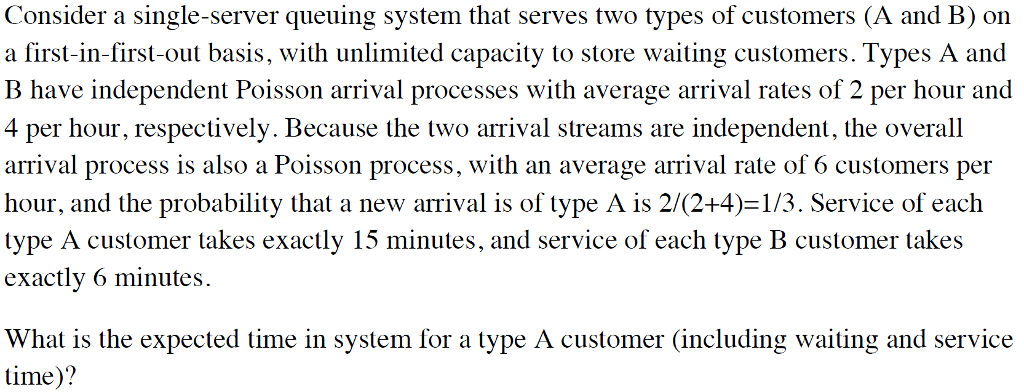


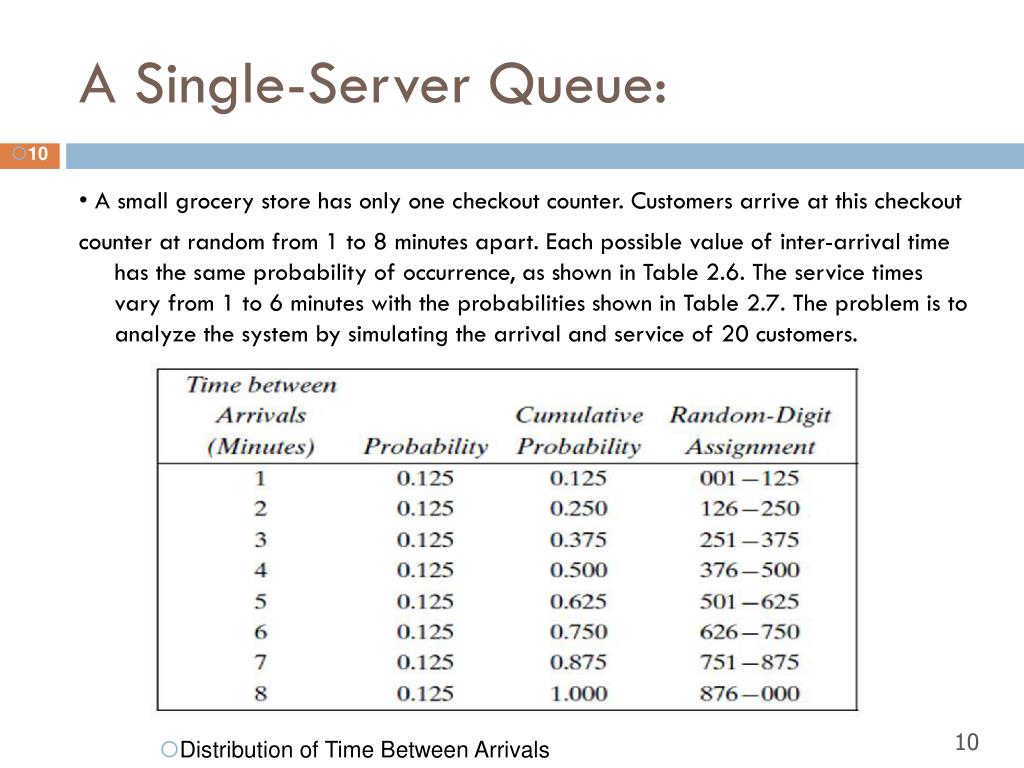



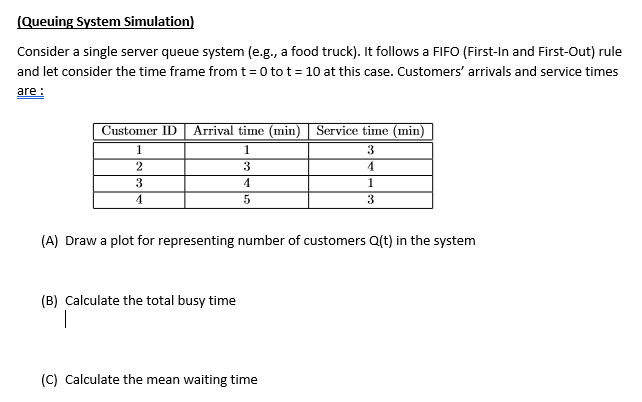

Post a Comment for "Single Server Queuing System"